Reconstruction of Wooden Ships
Filipe Castro
Indroduction
J. Richard Steffy developed a methodology to analyse and interpret shipwreck remains and proposed a 3D method to reconstruct the ship’s hulls. He carefully recorded all the timber components of a shipwreck, preferably at a 1:5 scale, developed a ship timber catalog, and then tried t reconstruct the ship’s shape using scale wooden models.
In the 1960s and 1970s George Bass, Fred van Doorninck and Donald Rosencrantz developed a number of tools to improve location, survey, excavation and recording of shipwrecks, and tried the first underwater photogrammetry recording at Yassiada.
Almost six decades later, the development digital photography and computing tools simplified the use of photogrammetry, both for the development of 3D meshes of points from sets of overlapping pictures, and of 3D curves from a small number of pictures.
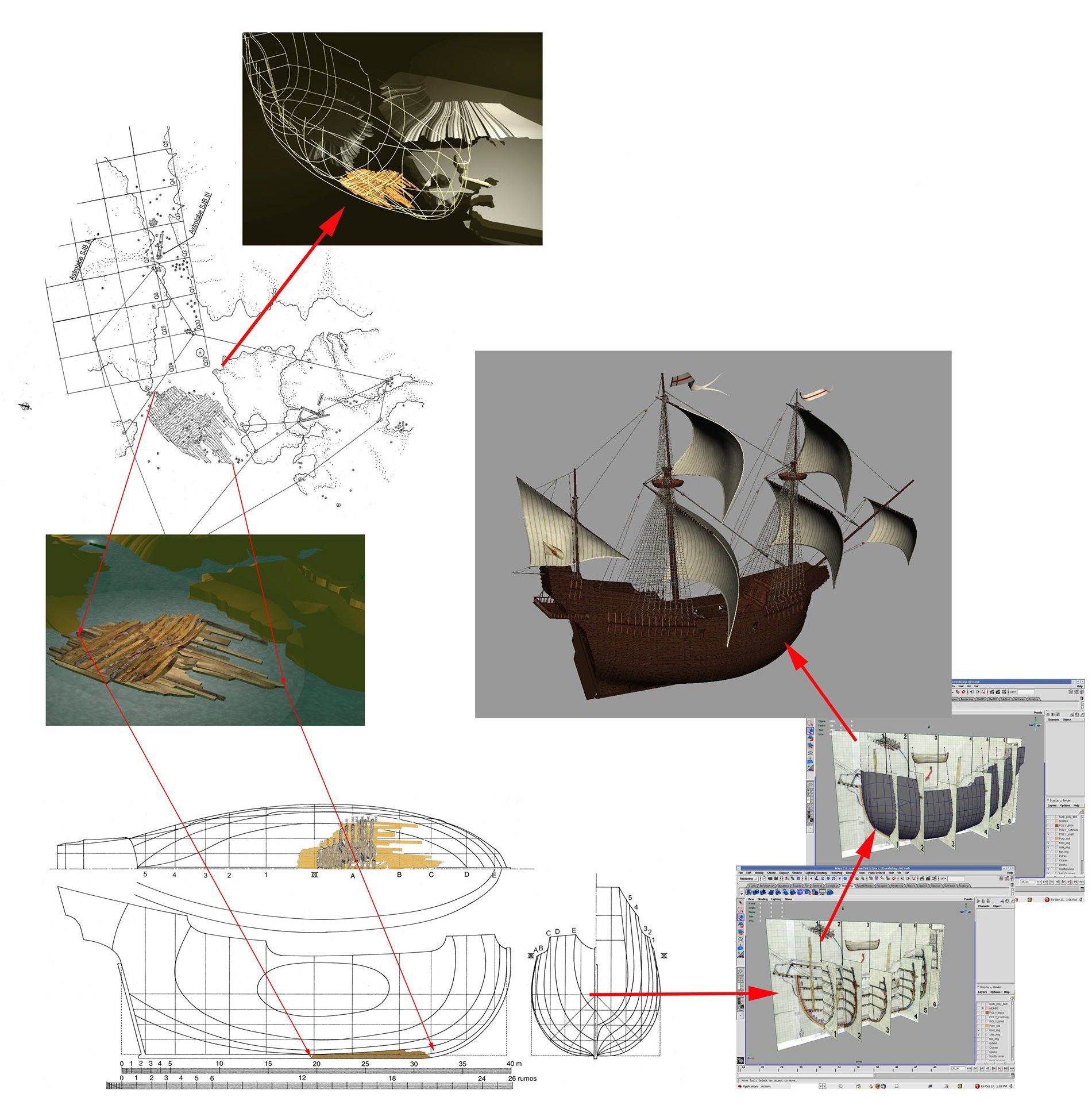
This page is intended as a space to discuss the use of 3D models to both understand and explain shipwreck sites.
Reconstructions from old pictures
As nautical archaeology evolved during the last half century, the questions that archaeologists ask changed, the means to measure and analyse data improved, and it is possible to use some computer vision and computer graphics’ tools to reanalyze old shipwrecks.
At the ShipLAB we have gathered some collections of pictures from shipwrecks, some truncated, some with insufficient overlapping, and have been trying to reconstruct 3D models based on them.
One strategy is to analyze a collection of pictures with single photography photogrammetry software, and the second is to use image-based 3D data acquisition software such as Photomodeler, using target points to reconstruct curves and surfaces from a small number of pictures.
Picture Collections
Yassada 4th Century (INA photogrammetric pairs from the 1960s);
Mombassa Shipwreck (INA pictures from the 1970s excavation);
Pepper Wreck (1990s excavation pictures);
IDM-003 (Arqueonautas SA salvage pictures, truncated);
Methodology
Reconstructing ships and boats from their archaeological remains is not always easy, and often all we can do is to develop a plausible, educated guess. About a decade and a half ago we proposed a methodology to evaluate the plausibility of our reconstructions based on well-tested tools and published it (Castro and Fonseca 2006).
But we have never published a concise and simple explanation of the six main steps to obtain a plausible reconstruction:
First: gather all the available information: images, drawings, notes, measurements and sketches.
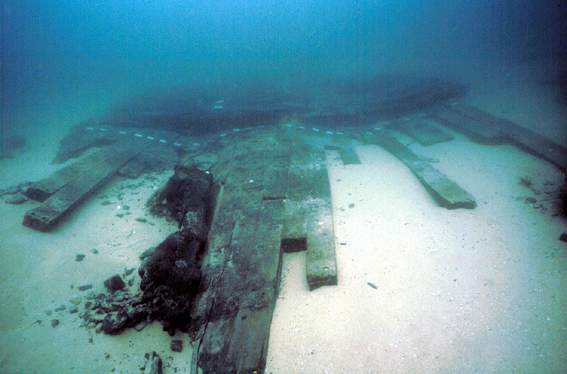
Second: develop a 3D model of the archaeological remains in situ.

Third: attempt a reconstruction of the surviving archaeological remains in their original position.
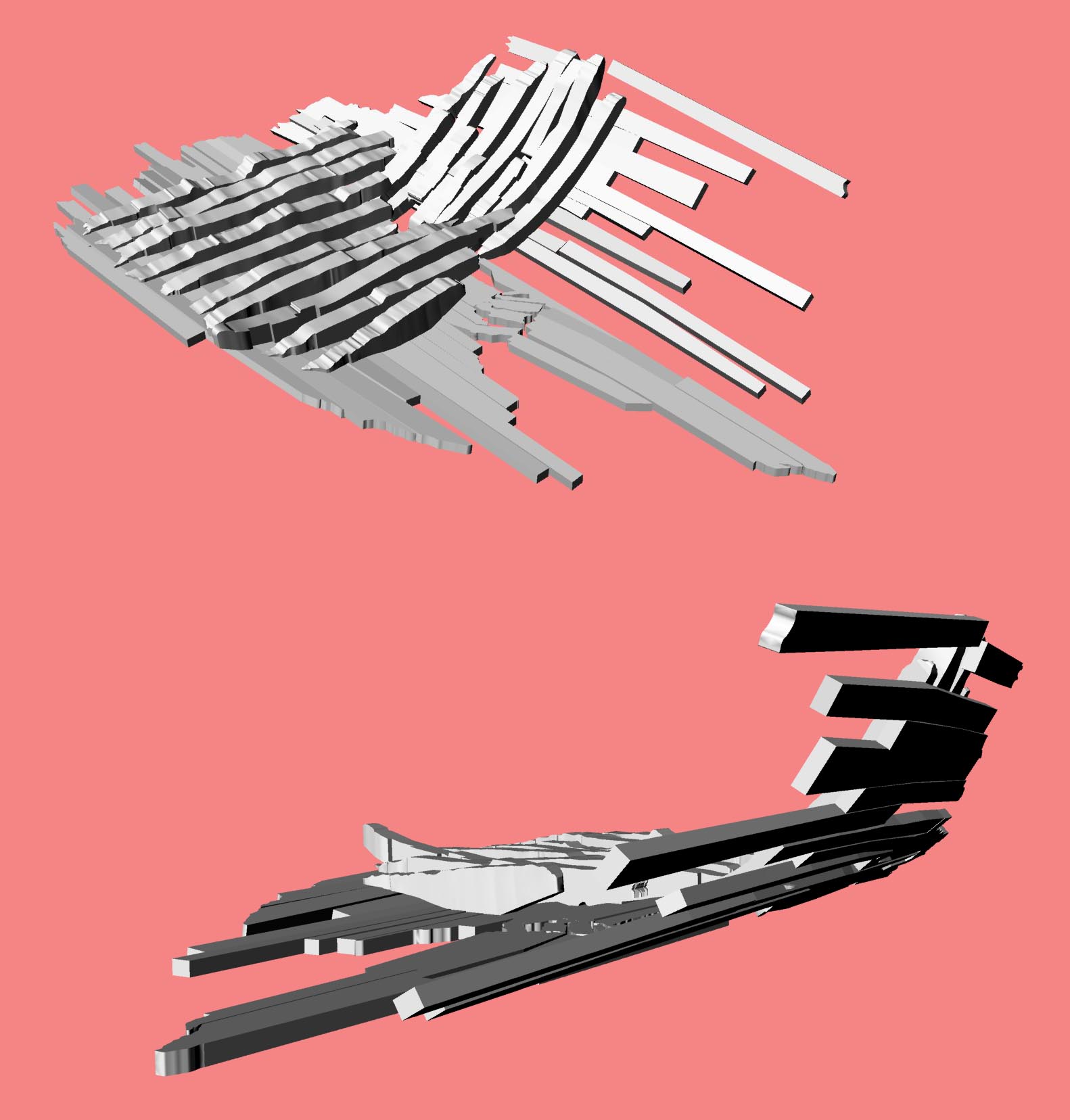
Forth: develop a set of lines drawings as plausible as possible, based on the outer surfaces of the surviving frames.
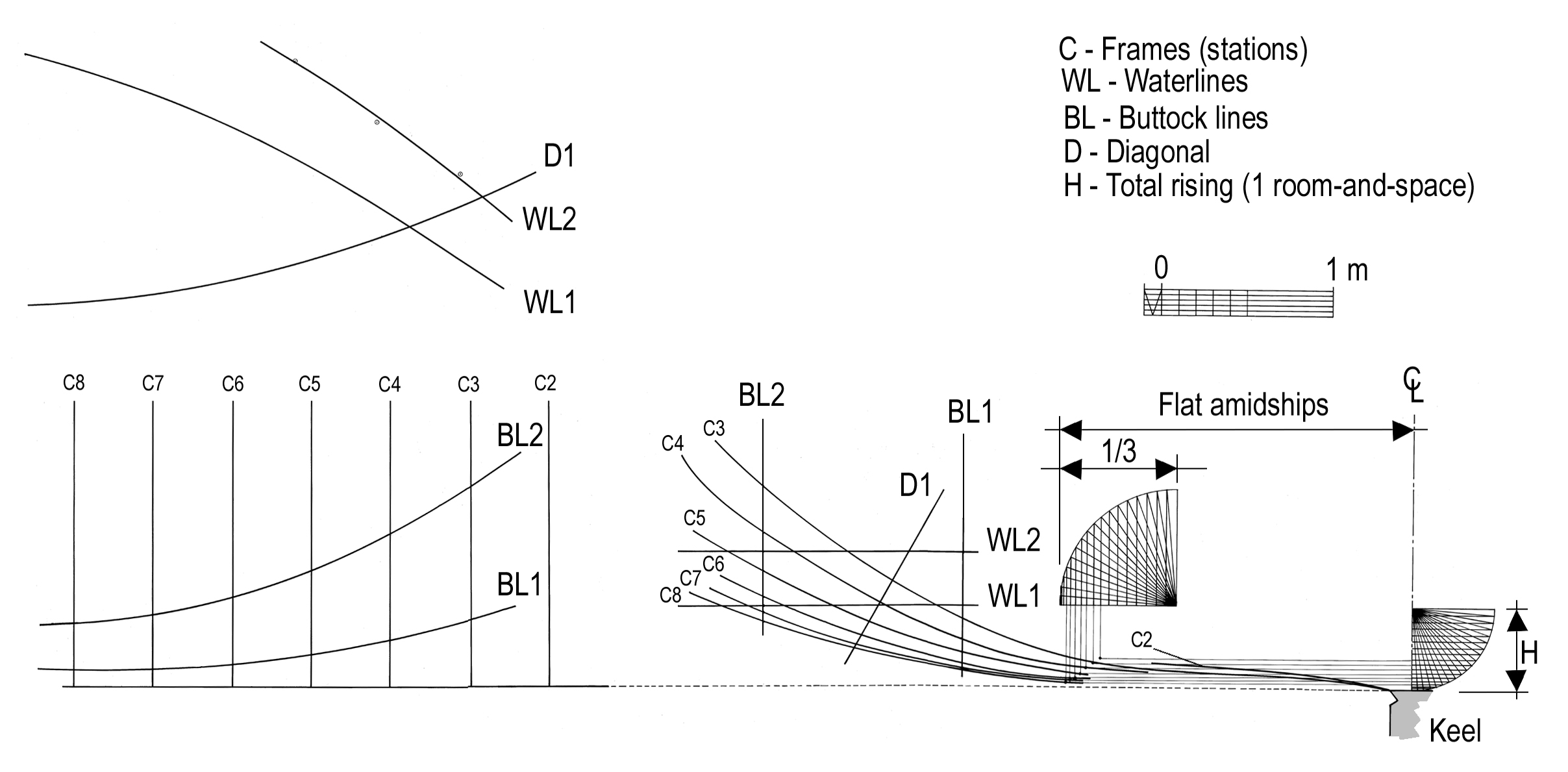
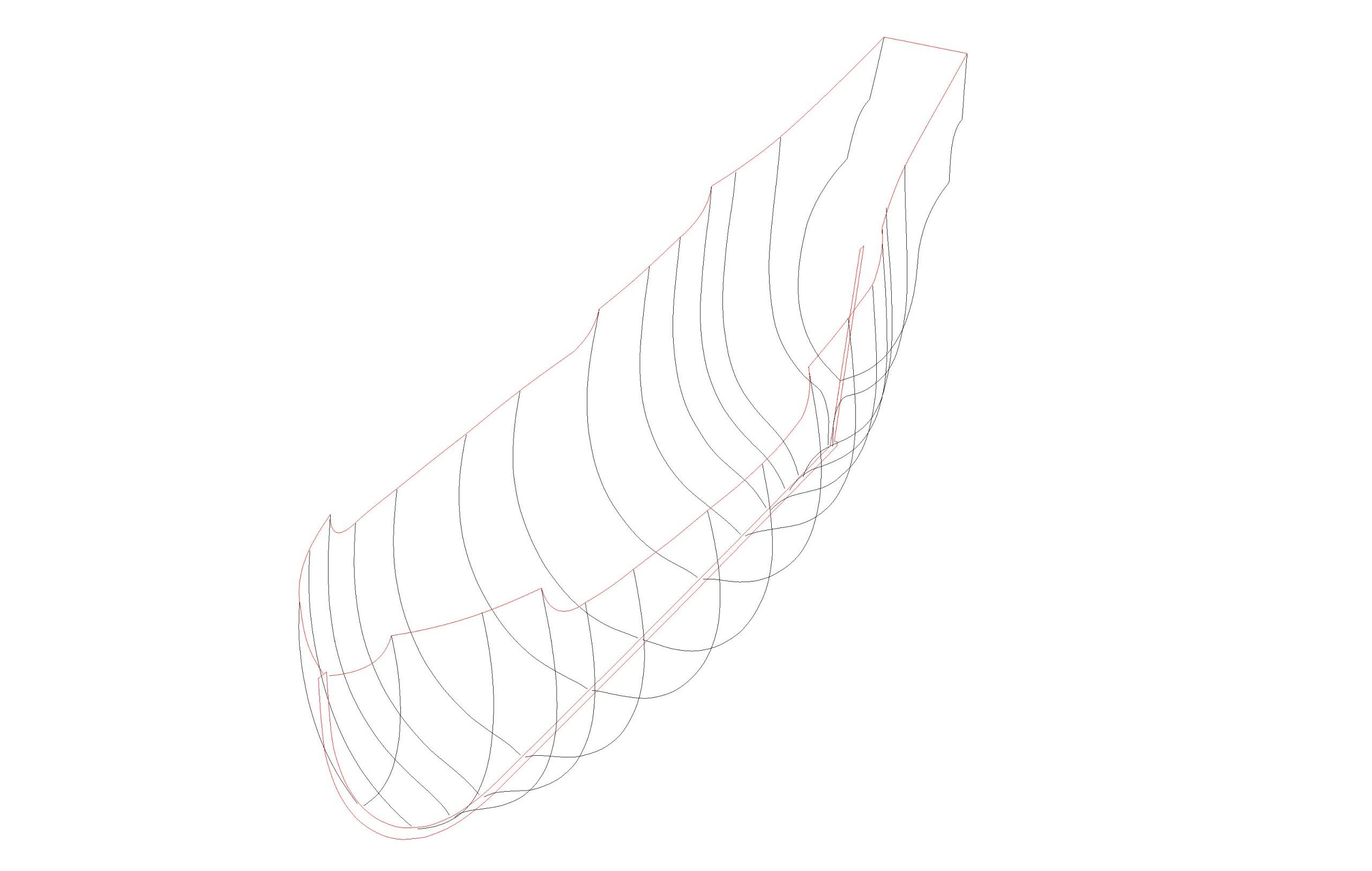
Fifth: develop a 3D model showing the surviving timbers in their original position together with the reconstructed lines drawings.
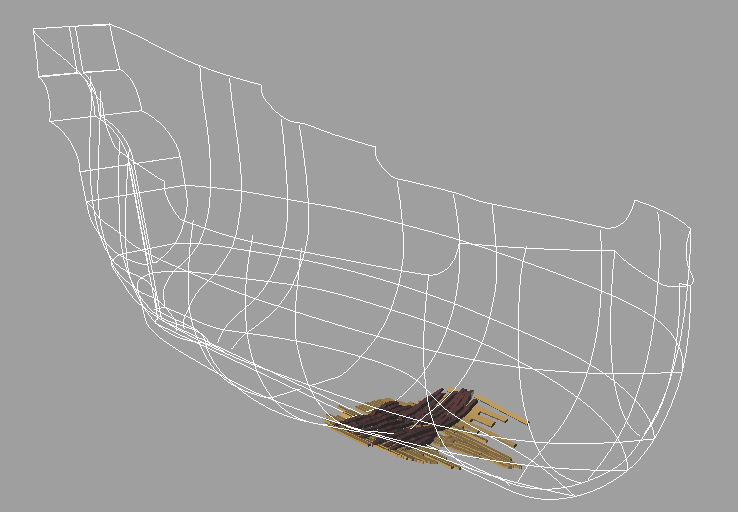
Sixth: develop a tentative 3D model of the original ship.
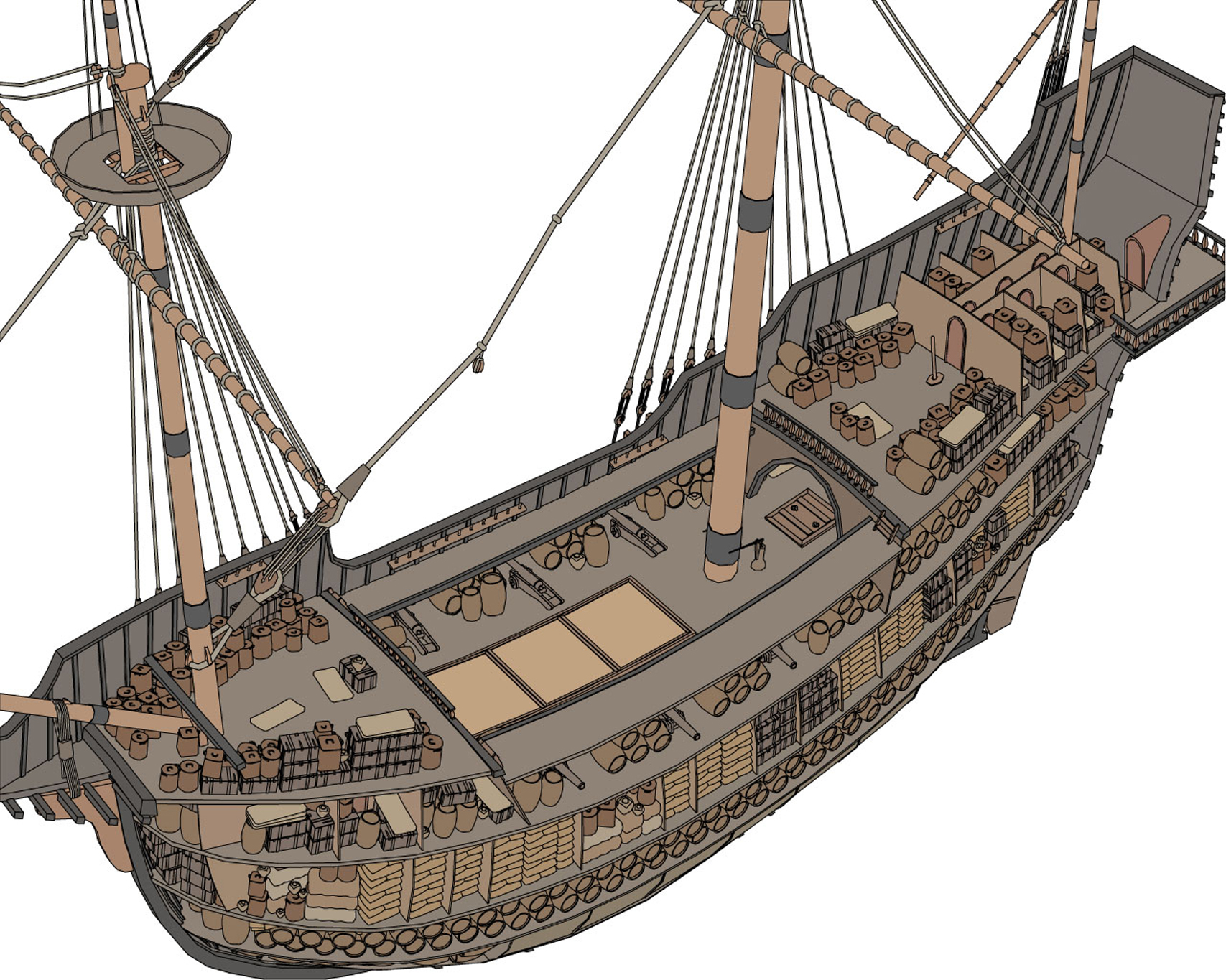
The plausibility of the models developed can then be tested with modern ship stability software.
References
Castro, F. and Fonseca, N., 2006. “Sailing the Pepper Wreck: A Proposed Methodology to Understand an Early 17th-Century Portuguese Indiamen”, International Journal of Nautical Archaeology, 35.1:97-103.
Daniel E. Bishop, Reconstructing an Eighteenth-Century
Brig from Historical Photographs, Paper delivered at SHA 2019.
